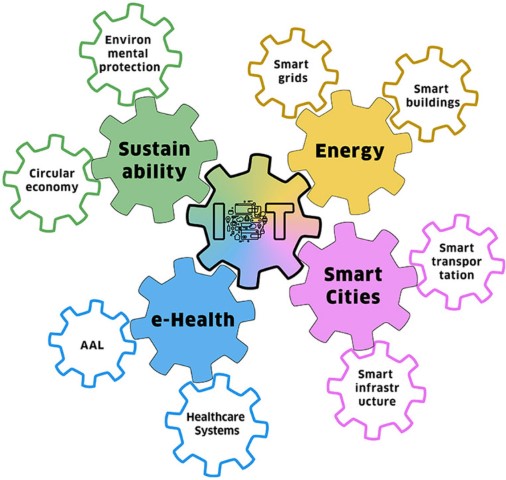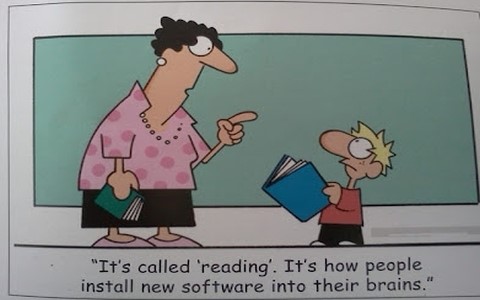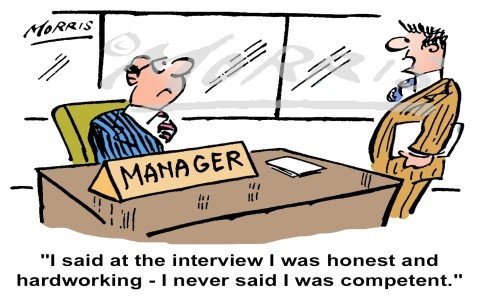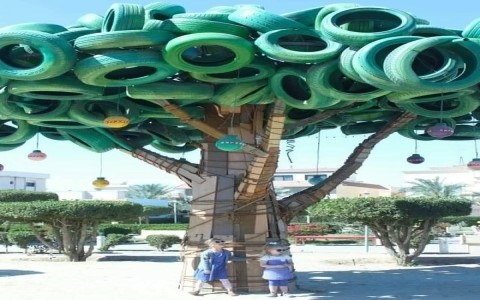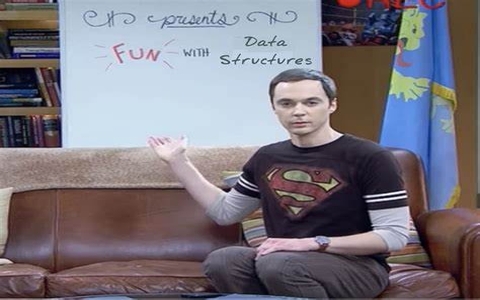Technology has driven global prosperity for centuries. Unfortunately, it has brought severe side effects. Some of today's most pressing challenges have been partially caused by technology advances.
Poor mental health. With suicide rates at record levels and younger generations increasingly unhappy with life, recent studies indicate that the use of smartphones and similar devices is largely to blame for deteriorating mental health.
CO2 emissions. The invention of the steam engine in the 18th century laid the ground for today's fuel-powered motors and generators. These are causing man-made CO2 emissions, which are the likely cause of global warming.
Water pollution. Numerous chemicals invented in the 19th and 20th centuries are responsible for the rise in water pollution levels.
Traffic Congestions. The bane of urban living. Neither having the smart city planning nor the smart transport system; has a direct impact on people's living standards, is one of the major problems of metropolitan areas, which is of particular concern to urban planners.
The Internet of Things (IoT) is currently trending with its ever expanding eco-system of digital sensors, appliances and wearable smart devices. Like other sectors, the role of IoT in sustainable development and environment protection will be crucial in the coming years.
Let us have a look at how IoT is making a positive impact on sustainable development across different sectors.
1. Water Management
IoT enables understanding of changes in water quality of a particular reservoir. The connection of different sensors and monitoring systems help in providing the water level and flood warnings as well as foresee other disasters such as earthquakes and potential landslides in prone areas, assisting the civilians and authorities to take drastic action on such issues.
2. Precision Agriculture
On the agricultural front, IoT is making satellite farming more of a reality. Also known as precision agriculture, this farming management concept puts a premium on functionality. As a result, farmers waste less and produce more. From monitoring crops to tracking soil conditions, IoT can help in more ways than one.
3. Wildlife
IoT also allow real time detection of animals. In case of any disease outbreaks, it will be useful for control, survey and prevention of such scenarios. For this, the livestock would be fitted with special chips (RFID) and readers would for placed in the designated monitoring spots.
Applications like eBird helps the scientists in keeping tracks of birds as well as their habits and migration patterns. Systems that triggers alert on uncontrolled deforestation and potential wildfires can also help the respective authorities to protect and maintain the forests and its inhabitants.
4. Marine Organisms
Overfishing and over- exploitation of aquatic diversity is endangering high-value species like salmon and cod. ThisFish, an internet tracking network in association with local bodies help to trace back the fish to the fisherman who caught it and the location through GPS readings and toll data. In this way bad fishing behaviors can be detected and stopped.
FishPal provides reports on the type and quantity of fishes caught on a daily and monthly that can be checked by the fisheries department and also informs suspicious fishing activities.
5. Buildings
Those who dismissed smart home technology as unrealistic playthings for lazy youngsters are increasingly finding it hard to resist the charms of IoT-powered smart home devices. These devices will become hugely popular in the coming years as they become highly intuitive and innovative, extending to not just home automation comfort but also home security and the safety of your family. That is the kind of home sustainability that will keep the power consumption in check and make optimal use of renewable energy.
Even smart workplaces with Green Design are contributing highly towards energy conservation. With maximum use of daylight, rainwater capture, smart cooling and ventilation systems, solar power etc ensure maximum efficiency in power use and full utilization to renewable sources.
6. Waste Management
One of the major issues faced in the urban areas is the inefficient waste management. Improper disposal of waste can cause various health hazards and affect the surrounding air and water. The machine-to-machine or machine-to-man (M2M) systems can be established for a much intelligent division and disposal of waste. The trash cans or the dumpsters can have built-in sensors to measure the amount of trash. Once the trash is full, the signal transceiver sends a message to the central command centre via internet or satellite with the GPS location and the IP address.
Use of such Industrial IoT solutions and devices for waste management helps in determining the best time to collect the wastes and figuring out better routes for the collection trucks handling the potential waste build up scenario in cities.
IoT-based waste management systems are getting traction worldwide.
Such smart waste management systems can also help in identifying the different types of waste, such as domestic or commercial, and dividing them based on their degrading ability and processes. This would help in proper disposal for all kind of waste causing less environmental issues and keep track of the ever-growing issue of e-waste management.
7. Wastewater
SeWatch, a wastewater and sewerage wireless monitoring system provides a system-wide reporting solution for combined sewer overflow and sanitary sewer overflow discharge or overflow. Water level sensors for sewer system manholes relay information to an application running on a PC or server which alerts on computer screen or via SMS about manhole overflow and spill-over.
- A Shining Example
China has come up with a Sensing China strategy. It is an environmental protection and overall industrial pollution control system featuring real-time data perception, resource concentration and sharing, system integration as well as effective supervision and decision-making that established to improve the environment and prevent environmental accidents.
The specific tasks include intelligent sensors and automatic monitoring devices, wireless monitoring for pollution treatment, water quality data monitoring, air monitoring system, and regional ecological monitoring.


